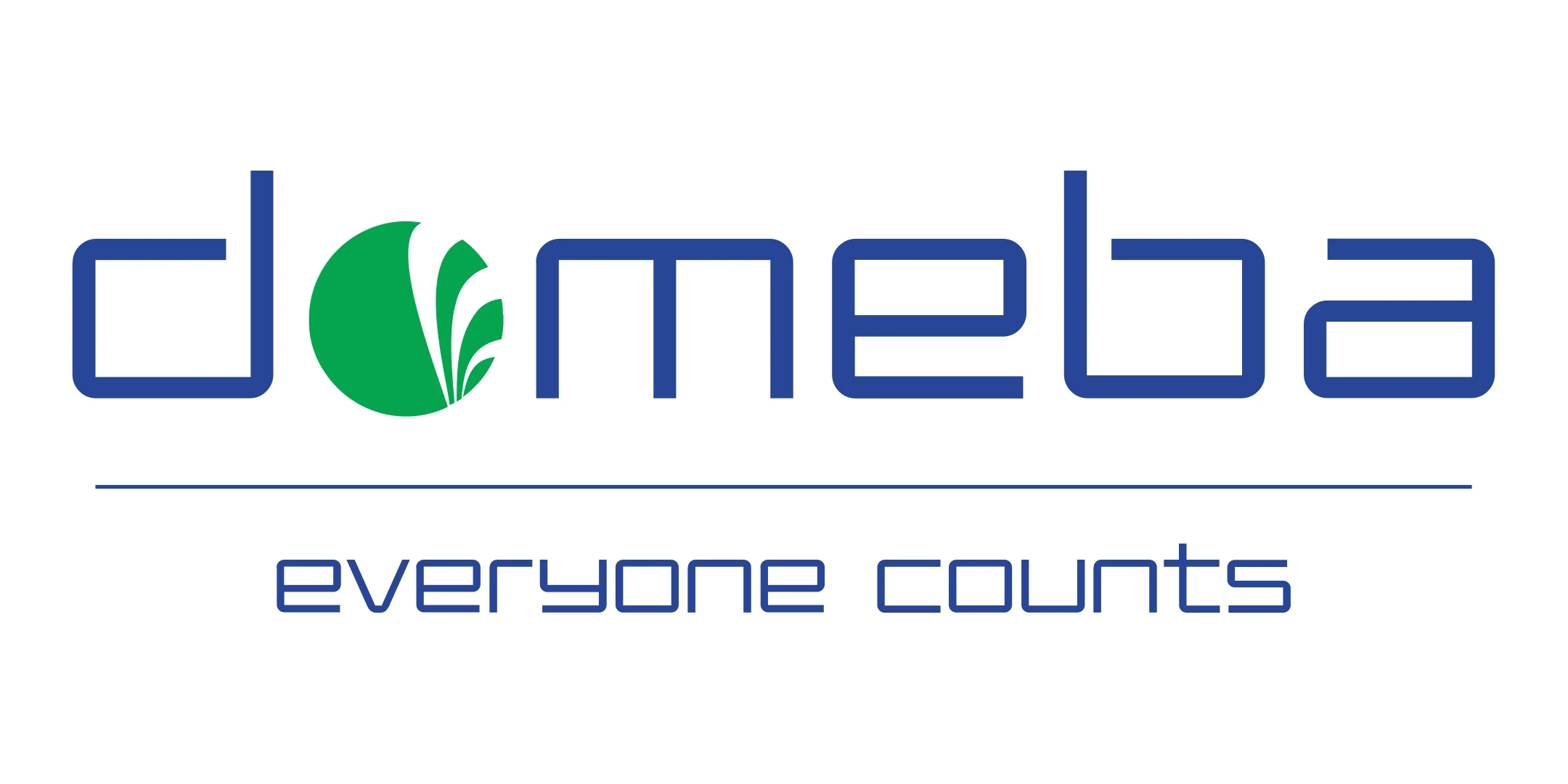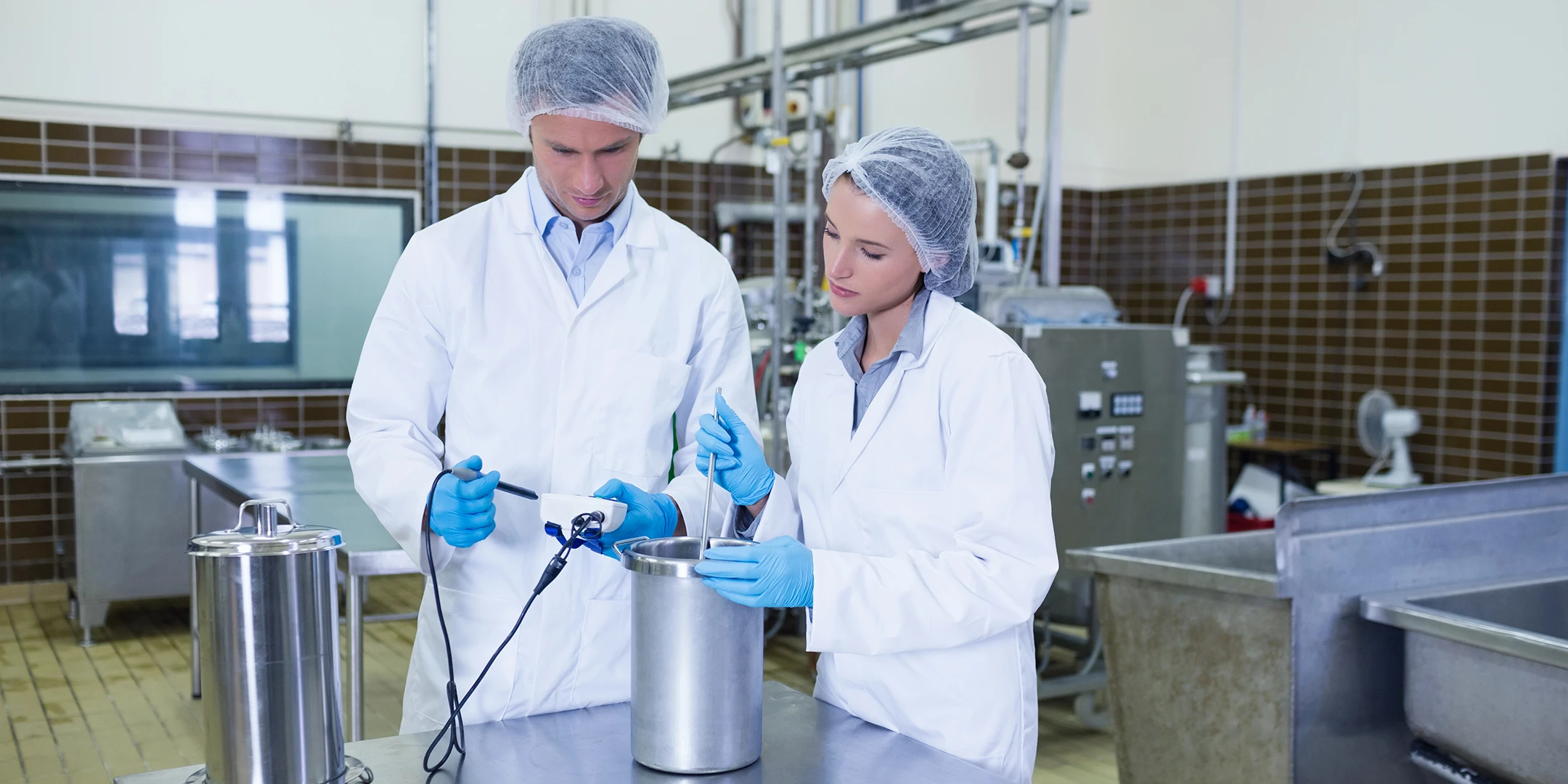
The REACH Regulation: A Guide for Businesses
The REACH regulation poses a key challenge for many companies when it comes to the safe handling of chemicals. This European legislation governs the registration, evaluation, authorisation, and restriction of chemical substances and affects manufacturers, importers, and downstream users alike.
What is the REACH Regulation? Its meaning and objectives
The acronym REACH stands for “Registration, Evaluation, Authorisation and Restriction of Chemicals”. REACH Regulation (EC) No 1907/2006, the European Union’s regulation on the control of chemicals, describes the comprehensive system for the control of chemical substances in the European Union. It entered into force in 2007, replacing the previous chemicals legislation. Its significance lies in the fact that it transfers responsibility for the safe handling of chemicals from the authorities to companies. The regulation is continuously updated to reflect new scientific findings and to further improve the protection of human health and the environment.
Which substances and chemicals are covered by the EU REACH regulation?
The REACH Regulation applies in principle to all chemical substances manufactured in or imported into the European Union. This includes pure substances, chemicals in mixtures, and substances in articles. The regulation covers not only traditional chemical products but also many everyday products such as textiles, electronic devices, and furniture. The registration requirement applies to substances manufactured or imported in quantities of at least one tonne per year. The REACH Regulation thus covers a broad spectrum of products and industries.
Hazardous materials inventory without data chaos!
With domeba’s intuitive software, you can manage a digital hazardous materials inventory with real impact and AI integration!

The basic principles: registration, evaluation, approval and restriction
The REACH Regulation is based on four key pillars. As part of the registration process, manufacturers and importers are required to submit comprehensive information about their substances to the European Chemicals Agency. A REACH registration number serves as proof of successful registration. During the assessment by the authorities, it is examined whether the substances pose any risks. For substances of very high concern, companies must apply for a special authorisation. Restrictions can prohibit the manufacture or use of certain substances if there is an unacceptable risk to human health or the environment.
Obligations for companies: What manufacturers and importers need to know about the REACH regulation

Manufacturers of chemical substances must register all substances they produce in quantities of at least one tonne per year. As part of this registration obligation, they must submit detailed information on the properties of the substances. Importers bear the same responsibility for substances they bring in from countries outside the EU. Both manufacturers and importers must ensure that their substances comply with the requirements of the EU REACH Regulation.
The SVHC list and the information obligations in the supply chain
The Substances of Very High Concern (SVHC) list is crucial for implementing REACH compliance. The list is regularly updated by the European Chemicals Agency (ECHA) and includes substances that require special attention due to their hazardous properties. Suppliers of articles must inform their customers if an SVHC is present in the article at a concentration above 0.1% by weight. This obligation to provide information, as stipulated in Article 33 of the REACH Regulation, must be fulfilled proactively with regard to business customers. Since the REACH SVHC list is expanded approximately every six months, companies must continuously monitor their products.
What are substances of very high concern (SVHC)?
Substances of very high concern are those that, due to their properties, pose a high risk to human health and the environment. These include carcinogenic, mutagenic, or reprotoxic substances. The REACH list includes these substances in the so-called Candidate List. Substances on this list can later be included in Annex XIV of the regulation. This means that their use then becomes subject to authorisation.
Information and reporting obligation: One-time report or update obligation?
Producers or importers of products are generally only required to submit a notification once in accordance with Article 7(2) if a Substance of Very High Concern (SVHC) is present in a concentration exceeding 0.1% by weight and in a total quantity exceeding one tonne per year. However, an update is required if significant changes occur.
Demonstrate REACH compliance: Declaration, certificate and certification
Proof of REACH compliance is provided through various documents. A REACH declaration of conformity is a written confirmation from a supplier that the delivered products meet the requirements of the regulation. A REACH certificate is issued by independent testing bodies and confirms compliance with the relevant requirements. REACH certification can be an important marketing tool for companies. Being REACH compliant means fulfilling all relevant obligations. REACH compliance includes the continuous monitoring of one’s own processes. In particular, all REACH requirements must be met when storing hazardous substances
Conclusion: How companies can master the challenges of the REACH regulation
Successful implementation of the REACH Regulation requires a systematic approach. Companies should begin by conducting a complete inventory of all substances used. Implementing suitable hazardous substance management software helps fulfill information obligations. Using digital solutions for managing substance data can significantly reduce administrative effort. Companies that see REACH as an opportunity will benefit in the long term from investing in professional chemical management.
Hazardous materials inventory without data chaos!
With domeba’s intuitive software, you can manage a digital hazardous materials inventory with real impact and AI integration!

Frequently asked questions about the REACH Regulation
No fees are charged for the notification of SVHCs in articles in accordance with Article 7(2) of the REACH Regulation. The European Chemicals Agency does not charge for this type of notification. However, fees are payable for the registration of substances under Article 6, the amount of which depends on the quantity of the registered substance and the size of the company.
Simply providing the SCIP number does not fulfill the information requirements of Article 33 of the REACH Regulation. Suppliers must provide their customers with sufficient information to enable safe use. This includes the identity of the SVHCs contained, their concentrations, and information on risks and protective measures. The SCIP number primarily serves for communication with the European Chemicals Agency and does not replace the detailed information required for the supply chain.
Diesen Beitrag teilen:
Weitere Blogbeiträge

REACH Regulation
The REACH regulation poses a key challenge for many companies when it comes to the safe handling of chemicals. This European legislation governs the registration, evaluation, authorisation, and restriction of […]

iManSys becomes domeba
iManSys Becomes domeba: Everything You Need to Know About the Changes Big changes have been in development and are finally here! After years of success as iManSys, our software is […]

Leave a Reply